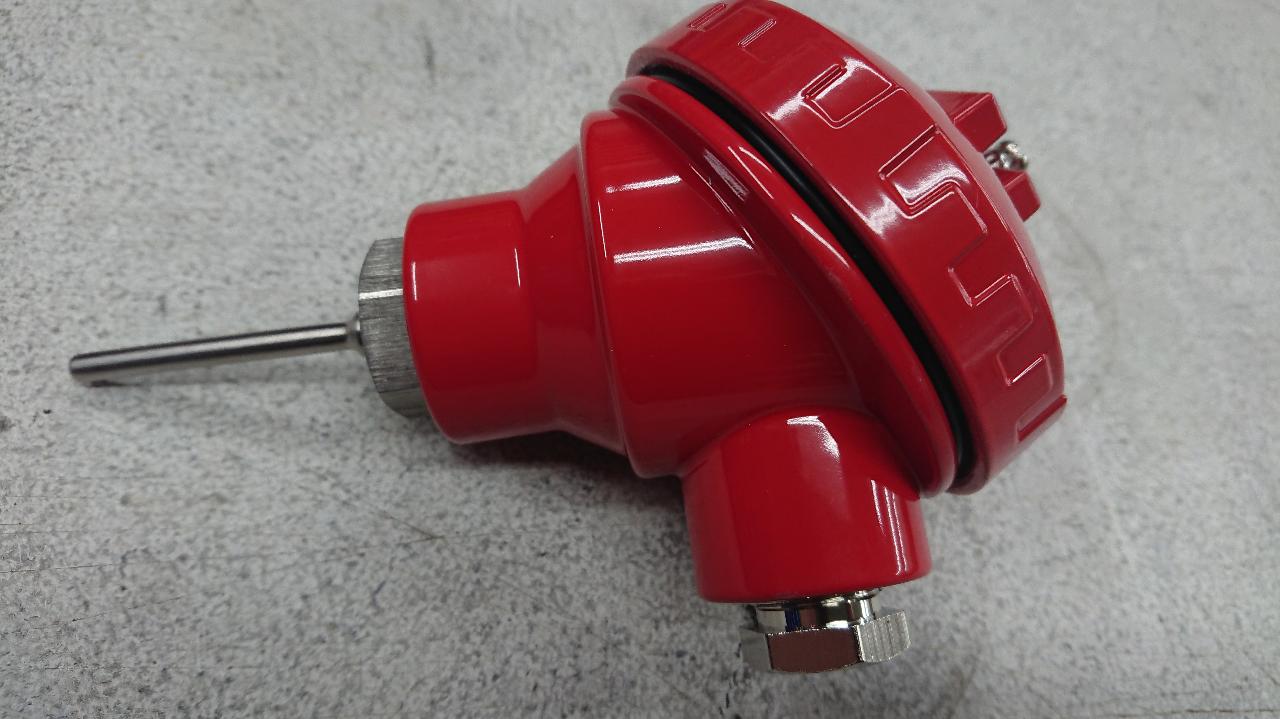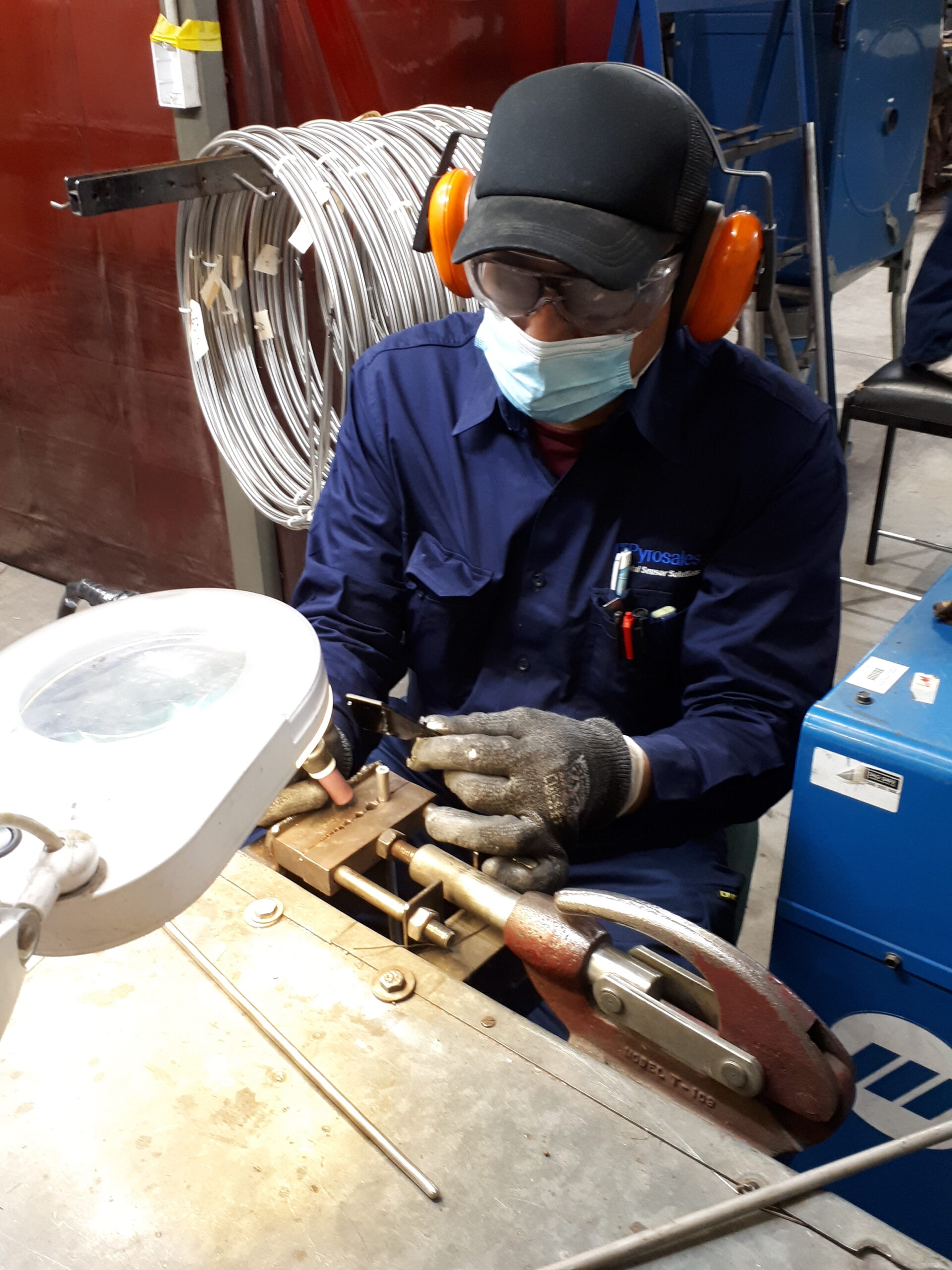How accurate are thermocouples?
Accuracy of Thermocouples in Temperature Measurement

Principle of Operation

The voltage generated along the thermocouple wires is not confined to the junction itself but is distributed across the entire length of the wires between the hot and cold junctions. Accurate temperature measurements rely on the homogeneity of the thermocouple wires—meaning that the wires must maintain a uniform and consistent composition throughout their length.
Factors Affecting Accuracy
In industrial environments, thermocouple wires may lose their homogeneity over time due to chemical exposure, mechanical damage (e.g., bending), or prolonged exposure to high temperatures. Certain thermocouple materials are more susceptible to alterations when exposed to temperatures exceeding 200°C. Any variation in wire homogeneity can cause an altered voltage output, leading to measurement errors. Regular calibration is essential to maintaining the accuracy of thermocouples.
Calibration and Performance Considerations

Calibration involves comparing a thermocouple’s readings to a reference standard with a known accuracy. By determining the error margin of the thermocouple, appropriate corrections can be applied to temperature readings. While laboratory calibration is conducted under controlled conditions, field calibration provides a practical method for verifying measurement accuracy in real-world applications. Regular calibration is crucial for maintaining precise, repeatable, and high-quality temperature measurements. Industry experts, such as Pyrosales, recommend calibrating thermocouples at least once every 12 months.
Comparison of Thermocouples and RTDs

Despite their lower cost and broader temperature range, thermocouples have advantages over RTDs in certain applications. They are more durable in high-vibration environments or where mechanical shock is a concern. Additionally, thermocouples can be designed with smaller dimensions, allowing for more flexible application in constrained spaces. Their ability to withstand higher temperatures and be customized for specific applications makes thermocouples a valuable choice in many industrial processes.
Conclusion
Thermocouples remain an essential tool for temperature measurement across various industries. Ensuring their accuracy requires an understanding of their operating principles, potential sources of measurement error, and the importance of regular calibration. By adhering to best practices in thermocouple selection, installation, and maintenance, users can achieve reliable and precise temperature measurements tailored to their specific application needs.
Contact US

